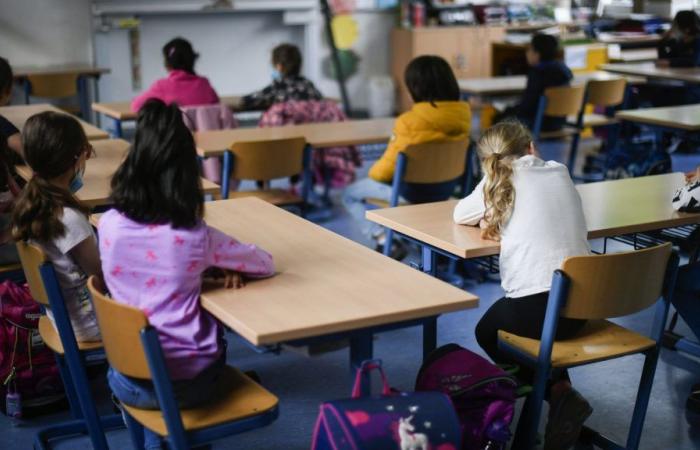The United Nations Education, Scientific and Cultural Organisation (UNESCO) have said that since the outbreak of the COVID-19 pandemic, 1.6 students were affected by the closure of schools, universities, and literacy programs. According to UNESCO’s monitoring map, more than 800 million students, the equivalent of more than half of the world’s students, are still facing major disruptions to their education a year after the outbreak of the COVID-19 pandemic.
These disruptions range from the total closure of institutions in more than 31 countries to reduced class hours in 48 others. The map shows that throughout the world, most educational institutions have been closed completely for three and a half months (14 weeks) since the beginning of the pandemic. When localized closures are taken into account, this figure rises to five and a half months (22 weeks), the equivalent of two-thirds of a school year.
Governments worldwide have worked to minimize school closures. From 190 countries that closed off schools during the peak of the first wave in April 2020, the number amounts to 30 countries today. Meanwhile, schools are now fully open in 101 countries. However, the closure of schools, universities and the interruption of literacy programs has affected the lives of 1.6 billion students in over 190 countries.
In March 2020, when school closures first started taking place, the Director of UNESCO Audre Azoulay said that “prolonged and repeated closures of education institutions are taking a rising psycho-social toll on students.” The risk of dropping out affects the most vulnerable students, she explained. “Full school closures must therefore be a last resort and reopening them safely a priority,” concluded Azoulay.
On International Education Day, celebrated on Monday this week, Azoulay expressed fears of rising inequalities amid the global health emergency, adding that the pandemic “puts a generation at risk of a learning catastrophe.”
While governments moved towards remote learning, at least one-third of the world’s students did not have the means to use digital alternatives. Students in low and middle-income countries have lost nearly four months of schooling compared to six weeks in high-income ones. UNESCO’s celebration of International Education Day calls for more and better funding for education and highlights the low priority given to education in recovery efforts.
UNESCO data shows that the sector receives only about 0.78% of aid programs worldwide. In addition, aid to education seems likely to decrease by 12% due to the pandemic, the report notes. Azoulay called for international investment in education as the center of recovery from the repercussions of the COVID-19 pandemic as well as a vehicle towards just and sustainable societies. To enable a safe return to the classroom, UNESCO has called for the 100 million teachers and educators worldwide to be given priority in vaccination campaigns.



